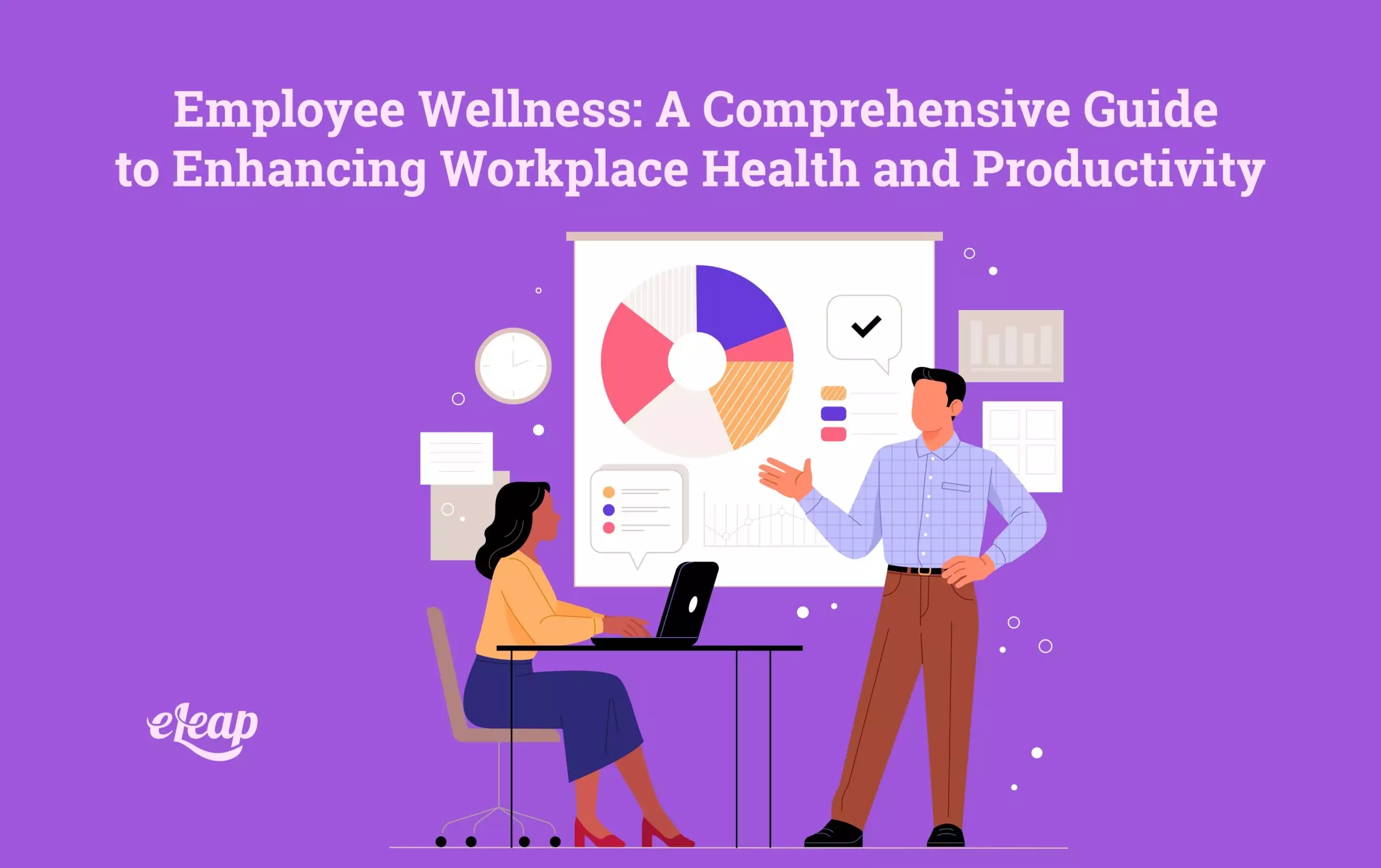Employee Wellness: A Comprehensive Guide to Enhancing Workplace Health and Productivity

In today’s fast-paced and demanding work environments, employee wellness has become crucial to organizational success. With increasing awareness of the importance of physical and mental well-being, companies actively invest in programs and initiatives to promote a healthy and productive workforce. In this article, we will explore employee wellness, its benefits, and practical strategies organizations can use to prioritize their employees’ well-being.
What is Employee Wellness?
Employee wellness refers to the comprehensive approach organizations take to support and improve their employees’ physical, mental, and emotional well-being. It goes beyond traditional healthcare benefits and focuses on preventive measures, lifestyle choices, and creating a positive work environment that fosters overall wellness.
The Benefits of Employee Wellness Programs

Implementing employee wellness programs brings numerous advantages to both employees and the organization. Some key benefits include:
- Improved employee health and well-being.
- Increased employee engagement and satisfaction.
- Enhanced productivity and performance.
- Reduced absenteeism and presenteeism.
- Lower healthcare costs for the organization.
- Improved employee retention and attraction.
Building a Culture of Wellness
Creating a culture of wellness starts with strong leadership commitment and clear communication. It involves integrating health and wellness into the company’s values, policies, and daily practices. Employees are more likely to embrace wellness initiatives and prioritize their well-being by fostering a supportive and inclusive environment.
Physical Health Initiatives
Physical health initiatives aim to improve employees’ physical well-being through various programs and activities. This includes providing access to gym facilities, organizing fitness challenges, offering health screenings, promoting ergonomic workstations, and encouraging regular breaks to combat sedentary behavior.
Mental Health Support
Recognizing the significance of mental health, organizations are focusing on mental health support. This involves destigmatizing mental health issues, providing access to counseling services, offering stress management workshops, and promoting work-life balance to reduce burnout and improve psychological well-being.
Work-Life Balance and Flexibility
Work-life balance and flexibility are crucial factors in employee wellness. Companies can promote work-life balance by implementing flexible work arrangements, encouraging time off and vacations, establishing clear boundaries between work and personal life, and discouraging excessive overtime.
Encouraging Healthy Eating Habits
Promoting healthy eating habits in the workplace contributes to employee wellness. Organizations can provide nutritious food options in cafeterias, offer educational sessions on healthy eating, encourage mindful eating practices, and support employee-led wellness challenges related to nutrition.
Promoting Regular Exercise
Regular exercise has numerous physical and mental health benefits. Employers can promote training by offering fitness classes, providing incentives for participation in physical activities, organizing walking or running groups, and integrating physical activity breaks into the workday.
Stress Management Techniques
Stress management techniques play a vital role in employee wellness. Companies can offer stress reduction workshops, provide mindfulness and relaxation exercise resources, create quiet spaces for peace, and implement policies that encourage work-life balance to minimize stress levels.
Employee Assistance Programs (EAPs)
Employee Assistance Programs (EAPs) offer confidential counseling and support services to employees facing personal or work-related challenges. EAPs provide a valuable resource for employees to seek guidance, address mental health concerns, manage stress, and maintain overall well-being.
Creating a Supportive Work Environment
A supportive work environment is essential for employee wellness. Organizations can foster support by promoting open communication, implementing employee recognition programs, encouraging teamwork and collaboration, and providing resources for personal and professional development.
Recognition and Rewards for Wellness Efforts
Recognizing and rewarding employees for their wellness efforts helps sustain motivation and engagement. Companies can acknowledge achievements through incentives, public recognition, wellness challenges with prizes, and creating a positive work environment that celebrates employee well-being.
Evaluating the Effectiveness of Wellness Programs
To ensure the effectiveness of wellness programs, organizations need to measure their impact and make necessary adjustments. Conducting employee surveys, analyzing health-related data, tracking participation rates, and collecting feedback is essential for evaluating the success of wellness initiatives.
Case Studies: Successful Employee Wellness Programs
This section will explore real-life examples of organizations that have implemented successful employee wellness programs. By examining their strategies and outcomes, we can gain valuable insights into designing effective wellness initiatives.
Conclusion
Employee wellness is a critical aspect of a thriving organization. By prioritizing the well-being of employees, companies can reap the benefits of improved health, increased productivity, and enhanced employee satisfaction. Through a comprehensive approach that addresses physical and mental health, work-life balance, and a supportive environment, organizations can create a wellness culture that nurtures their employees’ holistic well-being.
Frequently Asked Questions (FAQs)
Q1: How can employee wellness programs benefit organizations?
Employee wellness programs can benefit organizations by improving employee health, increasing productivity, reducing absenteeism, lowering healthcare costs, and enhancing employee retention.
Q2: What are some standard components of employee wellness programs?
Standard components of employee programs include physical health initiatives, mental health support, work-life balance initiatives, healthy eating promotions, exercise programs, stress management techniques, and employee assistance programs.
Q3: How can organizations promote work-life balance?
Organizations can promote work-life balance by implementing flexible work arrangements, encouraging time off and vacations, establishing clear boundaries between work and personal life, and discouraging excessive overtime.
Q4: How can employers support employees’ mental health?
Employers can support employees’ mental health by providing access to counseling services, offering stress management workshops, promoting work-life balance, and creating a supportive work environment that values open communication and employee well-being.
Q5: How can organizations measure the effectiveness of wellness programs?
Organizations can measure the effectiveness of programs through employee surveys, analyzing health-related data, tracking participation rates, and collecting employee feedback.